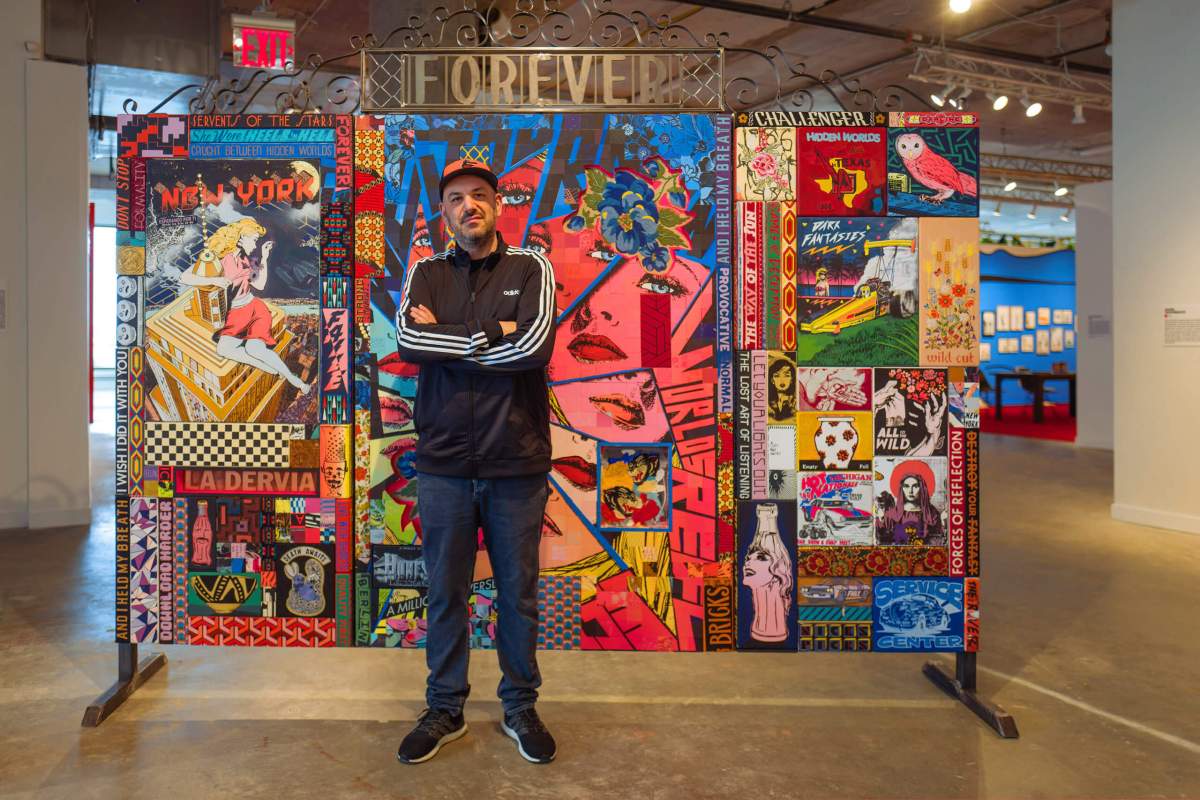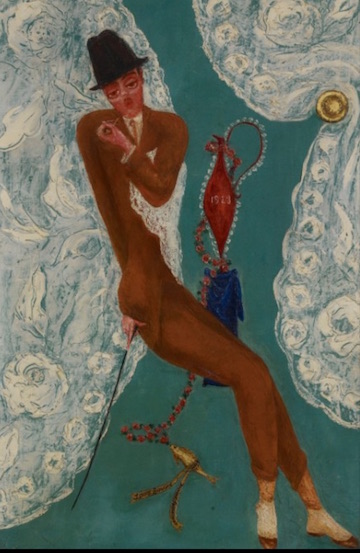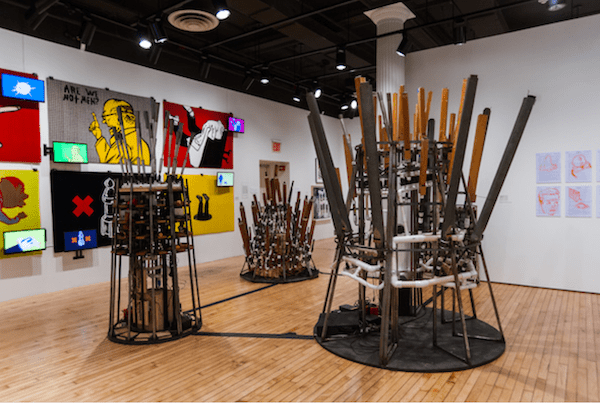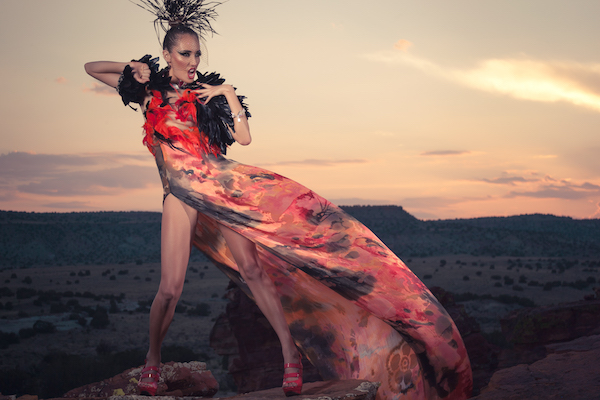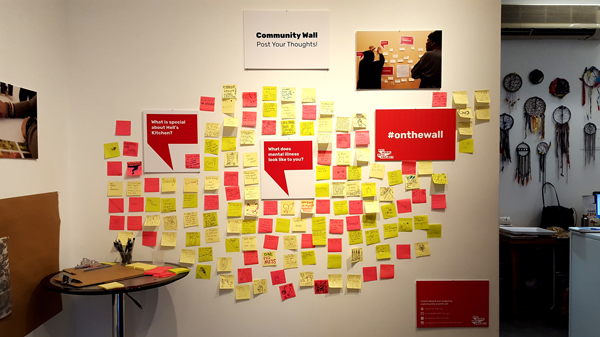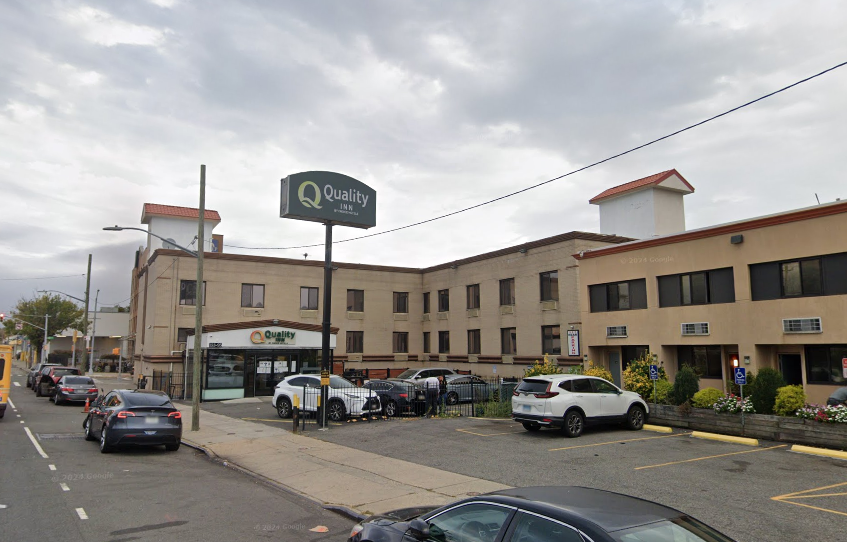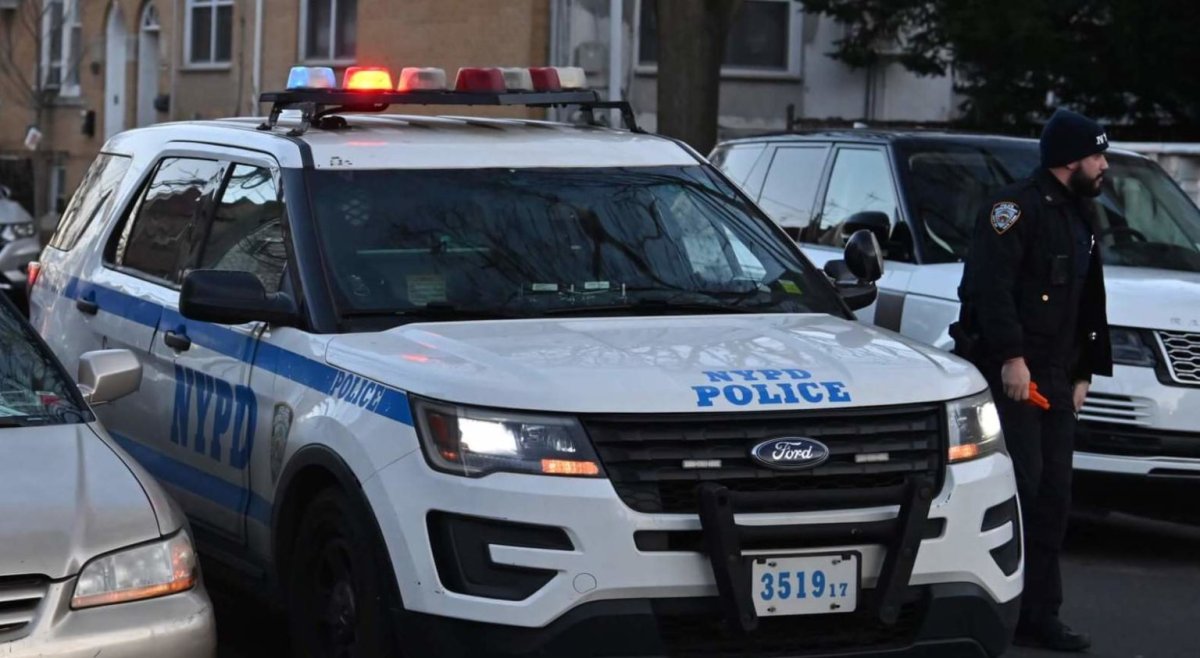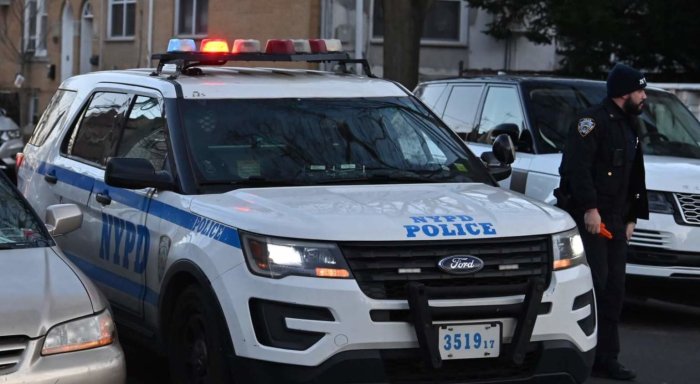Street and graffiti art have been a fixture of metropolitan landscapes for many generations. Whether tagging a building, daring to paint a subway train —or moving your career to more traditional gallery locations, the scene is overflowing with talent, both veterans and newcomers.
Beyond the Streets, 2020 has teamed with 100+ artists, in collaboration with the NTWRK app to bring you entertainment and one-of-a-kind merchandise virtually this year. The line up is nothing short of incredible and includes, amongst others, VHILS, Shepard Fairey, Shantell Martin and Felipe Pantone.
Last year, the Beyond the Streets’s Williamsburg show brought in a whopping 100,000 guests in a 100,000 sq. ft. space—adding a beyond cool vibe by featuring pieces by NYC legends including the Beastie Boys.
The virtual format this year will consist of fast-paced, short-form video content, an inside look at artist studios, conversations with artists and industry insiders, laughs-a-plenty and even a drawing master class.
The online merchandise is nothing short of stunning, and ranges from original artwork, limited editions prints and skateboards, and apparel.
For the benefit of our amNewYork Metro readers, and those not in the know, Roger Gastman, who works with hundreds of artists, has been heavily involved in spreading awareness of the graffiti and street art culture. He is a jack-of-all-trades: and has dedicated his career to making sure that graffiti art is not lost in the annals of time. This includes working to develop artists, curating gallery shows and stints as an art historian that his essential read “Beyond the Streets,” compiled by Gastman and that bursts with breathtaking visuals.
Although the printed word has taken a bit of a backseat to the constant influx of online media, art books are the exception, and there truly is nothing like leafing through one in order to learn and appreciate the work presented. It is Gastman’s hope that the artists he works with will be preserved through time, act as instructive for generations to come and celebrate the rule-breakers and mark-makers who helped create the culture.
And therein lies the preservation-rub, at least for street graffiti: graffiti is vital, it responds to our times innovatively, but it is also inherently mutable. Street graffiti invites artists to modify or obliterate the spaces they occupy, and this forms the gritty, multilayered texture of our NYC streets and buildings. When walls and subways have been painted over, their existence disappears. And this raises another crucial point. Street and illegal graffiti is essentially an egalitarian art form. You don’t need to go to school for it—largely—and nobody can tell you what is the “right way to do it.” Street artists make their own rules.
When asked if cops are an issue in today’s graffiti world, Gastman said the cops are always looking to make an example of someone and are public enemy number one to the graffiti artist. However, he did add, “This year it has been easier to get a pass, based on the state of the world.”
Additionally, and especially this year, graffiti artists—already a highly politicized medium—have called attention in their work to injustices in politics, social issues, race relations and environmental concerns.
As such, and what is so common in times of political and social unrest, art follows life. According to Gastman, “The streets in every city I’ve seen photos and video from are more alive than I’ve ever seen in my day, all over the world.”
Gastman highlighted that exhibitions that include artists coming from graffiti and street art are becoming more popular: and dare I say, mainstream: The Brooklyn Museum runs them regularly, as does the Museum of The City of New York.
Red tape often thwarts the best-laid plans for any museum show, which depend on being underwritten for funding purposes. It can often take a staggering four years for an exhibition to launch. This is especially troublesome when considering the wave of vital political graffiti art produced in 2020.
And so, with an entrepreneurial spirit, Gastman decided to take matters into his own hands, and organize shows himself, annexing his astute marketing, curation and art skills—an insurmountable labor of love.
Gastman’s advice for artists the world over; “Stay positive and keep producing!”
As such, Gastman has teamed up with app NTWRK to produce the interactive, fundamentally fun and educational virtual Art Fair on December 5th and 6th. For more info download the free NTWRK app



